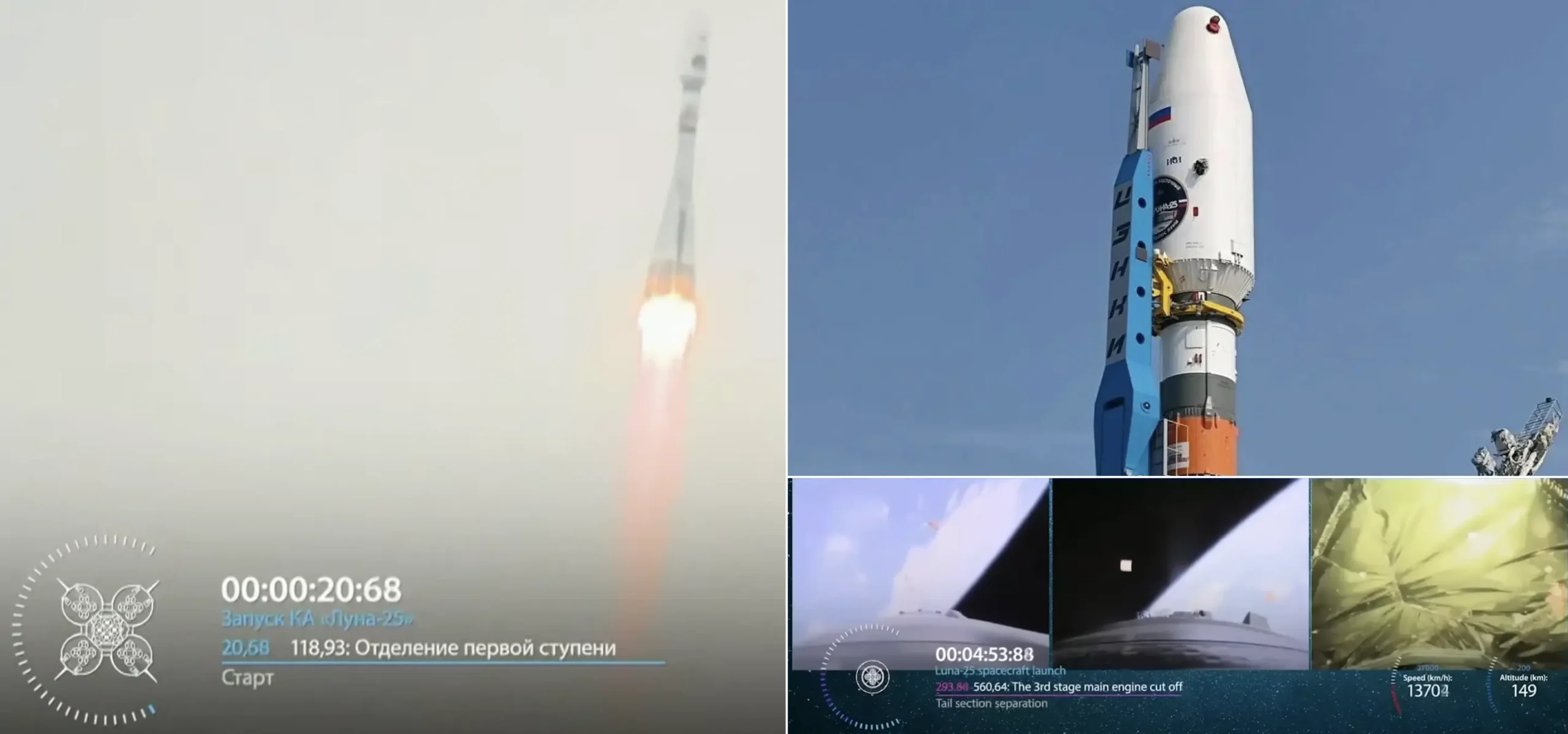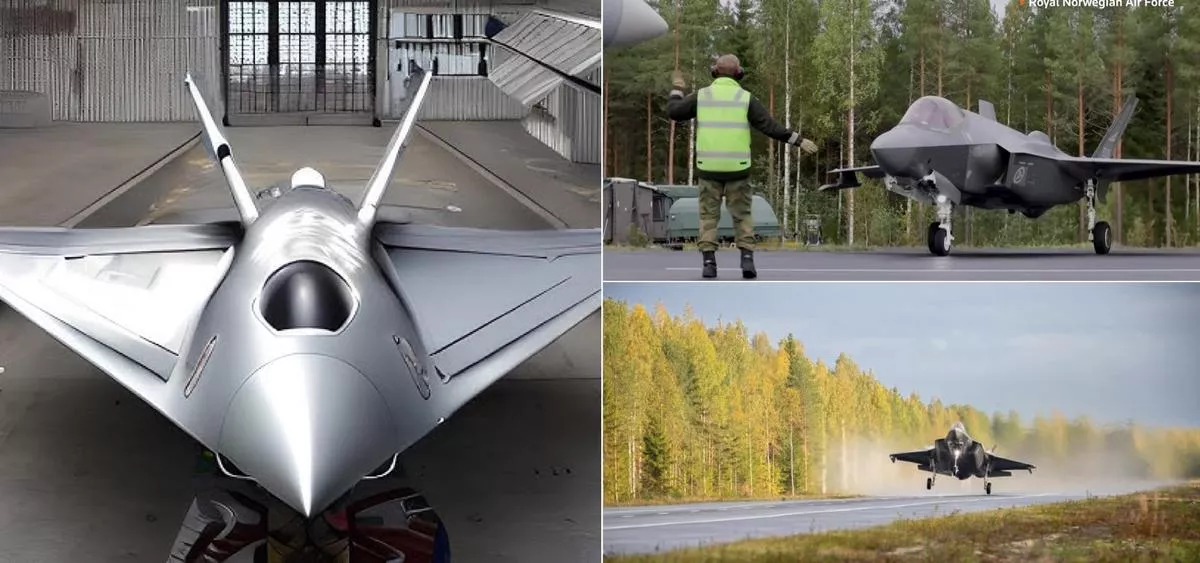Luna 25‘s Mission Launch Marks Russia’s Lunar Return, Initiating a Fierce Competition in Global Space Exploration

Credit: Google |
In a significant leap for space exploration, Russia has successfully launched its long-awaited Luna 25 mission, marking its return to lunar exploration after a hiatus of 47 years. The Luna 25 spacecraft embarked on its journey atop a Soyuz-2.1b rocket, taking off from the Vostochny Cosmodrome in Amur Oblast, Russia.
🇷🇺 Russia's Luna-25 automatic landing module to make soft landing at moon's south pole on august 21, the head of Russia's state space corporation Roscosmos, Yury Borisov, said pic.twitter.com/csqh9zH6XA
— DD Geopolitics (@DD_Geopolitics) August 11, 2023
The mission’s launch on August 8th carried the Luna 25 spacecraft, also known as Luna-Glob-Lander, which holds immense promise for unraveling the mysteries of the moon’s polar regions. This venture aims to study various aspects of the lunar environment, including the composition of the moon’s polar soil, the delicate lunar exosphere, and the plasma and dust contained within it.
With its four-legged lander equipped with landing rockets, solar panels, computers, and a robotic arm sporting a sample-collecting scoop, Luna 25 is set to conduct an array of scientific experiments during its anticipated one-year mission duration. These experiments are geared towards enhancing our understanding of the moon’s composition, resources, and potential for supporting future human exploration.
Of notable significance is the race to the lunar south pole, where both Luna 25 and India’s Chandrayaan-3 mission are anticipated to make historic landings on August 23rd. This synchronous endeavor has captivated the global audience, piquing interest in lunar exploration and igniting a space race of sorts between nations.
Russia’s ambition to join the moon exploration forefront encountered a hurdle when its partnership with the European Space Agency (ESA) was discontinued due to geopolitical events. Despite this setback, Russia’s determination remained unwavering, leading to the development of Luna 25 as a fully homegrown deep-space mission.
Chandrayaan-3, India’s lunar venture, adds to the excitement with its own mission to the lunar south pole. If successful, it would place India among the elite group of nations capable of achieving a soft landing on the moon, following in the footsteps of the United States, the former Soviet Union, and China.
Both missions hold great promise, not only in expanding our scientific knowledge but also in paving the way for sustained human exploration of the moon. The lunar south pole, with its potentially abundant water ice reserves, could become a crucial resource hub for future missions, supporting extended stays and fuel production.
As we witness this reinvigoration of lunar exploration, space agencies worldwide anticipate the valuable insights and breakthroughs that these missions will bring. With NASA’s Artemis III mission poised to include the historic landing of a woman and a person of color on the lunar south pole, the moon’s allure as a celestial stepping stone for humanity’s deeper forays into space grows stronger than ever.
In a world where cooperation and competition coexist, the successful launch of Luna 25 stands as a testament to human ingenuity and the unrelenting spirit of exploration. As we look to the skies and beyond, we await with bated breath the unfolding chapters of humanity’s cosmic journey, one mission at a time.
RELATED NEWS
WEB STORIES FOR YOU
Stay connected with Today On Globe for the latest Global Issues and News Updates.
Explore more related articles at [TOG News / TOG Article]


















